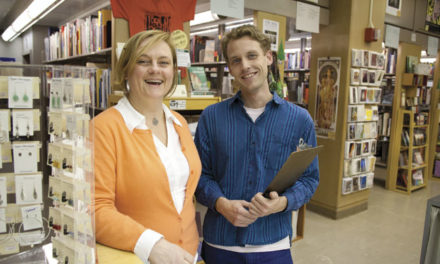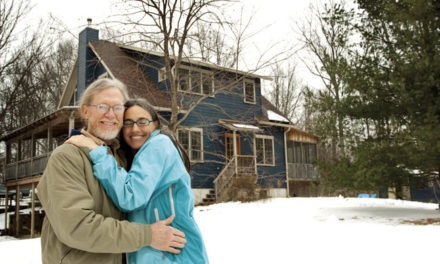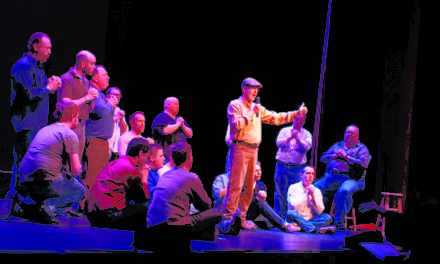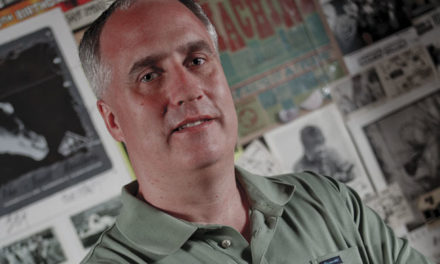BY JULIE GRAY
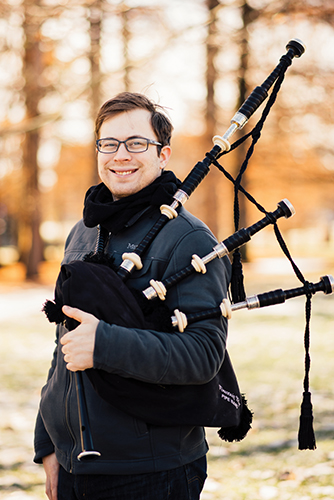
Angus Martin. Photo by Stephen Sproull
Bagpipes aren’t the most common of instruments in the middle of Indiana, so it seems only right to ask Angus Martin how he got started. “The piping was my dad’s idea,” Martin explains. So was his first name, Angus. “When I was born, my dad was going through a Scottish kick,” inspired by his Scottish roots, though Martin adds that they also have Irish, German, French, Danish, and Welsh ancestors. However, Martin, who’d never heard a bagpipe, had other notions: “I was 8 years old and the tuba sounded like a great idea.”
It didn’t take Martin long to warm up to the bagpipes, though, mainly because of the camaraderie and travels of his youth band, which even journeyed to Scotland. “It’s really the piping community that I enjoy,” Martin says. “You can go anywhere in the world and find pipers.”
These days, Martin, 27, is a top-ranked solo bagpiper. He also plays with the Fountain Trust Pipe Band, Indiana’s highest-level competitive band. The 24-member group, based in Covington, Indiana, also draws members from Kentucky and Ohio. In 2016, the band had the honor of performing with the famous Chieftains at IU Auditorium and at Indiana University’s spring commencement ceremonies. “I’ve played in three different pipe bands, and playing at Memorial Stadium was probably the biggest crowd I’ve ever performed for,” he says.
Martin has a day job as an accounting associate for IU’s Department of Folklore and Ethnomusicology. But the rest of his life is filled with piping. He gives lessons locally and takes lessons with one of the top pipers in the world, Bruce Gandy of Nova Scotia, via Skype. He also co-founded the Bloomington Pipers’ Society to encourage the growth of bagpiping, drumming, and Highland dancing.
The challenges of the instrument appeal to Martin. “The bagpipe is actually a sort of restricted instrument,” he says. “We don’t have any ability to play louder or quieter. It’s just loud all the time. And we have only nine notes. So, you really have to be inventive. But for a relatively simple instrument, there are a lot of things you can do with it, and I think that’s really neat.”


